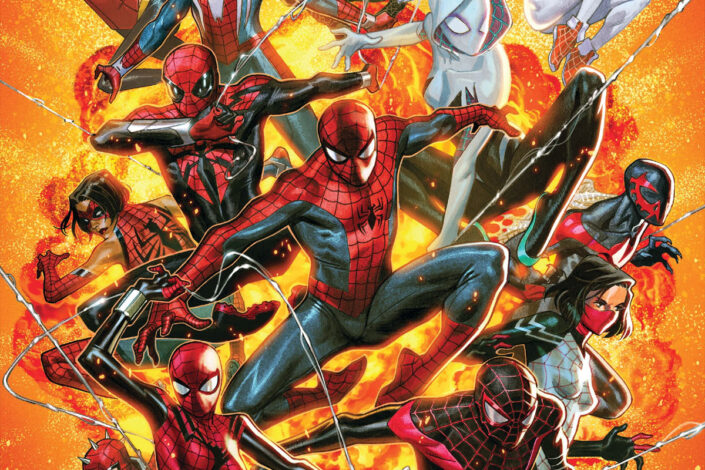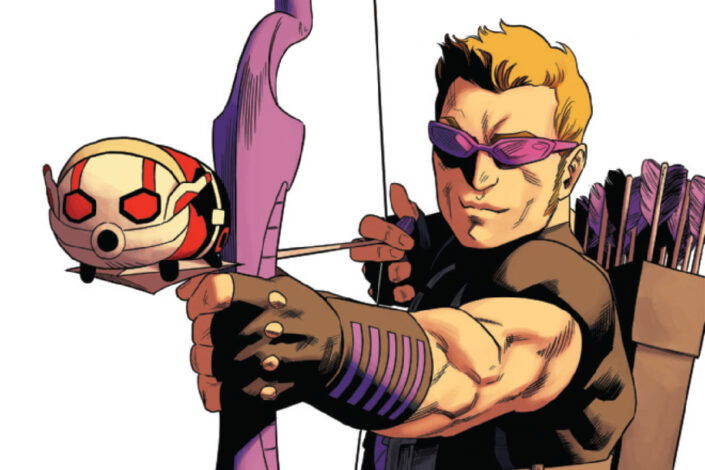A Guide to Grant Morrison comics at DC Comics

If you have read American superhero comics or searched for unconventional indie titles over the past three decades, you will certainly have come across Grant Morrison’s work.
Born in 1960 in Glasgow, Scotland, Morrison emerged in the British comics scene during the late 1970s and early 1980s, gaining recognition with comics such as Zenith (1987-1992) for 2000 AD before following Alan Moore‘s steps and joining the “British Invasion” of writers recruited by DC Comics who reshaped American superhero comics during the 1980s and 1990s.
Morrison began in 1988 with Animal Man, which quickly earned acclaim for its postmodern take on the superhero genre, combining environmental themes with metafictional commentary. This was followed by Doom Patrol, where Morrison’s surreal and avant-garde storytelling redefined the series and solidified their reputation for revitalizing obscure characters. By the early 1990s, Morrison had become central to DC’s publishing strategy, contributing both to mainstream superhero titles and the emerging Vertigo imprint.
After a period at Marvel in the early 2000s, Morrison returned to DC to lead a new era of high-profile projects, ambitious narratives, and large-scale crossover events, consolidating their reputation as one of the publisher’s most innovative and influential writers. Today, Morrison’s work is regarded as essential to the modern DC canon, with their influence visible across the company’s most notable publications.
And now, let’s take a closer look at Morrison’s works at DC Comics!








